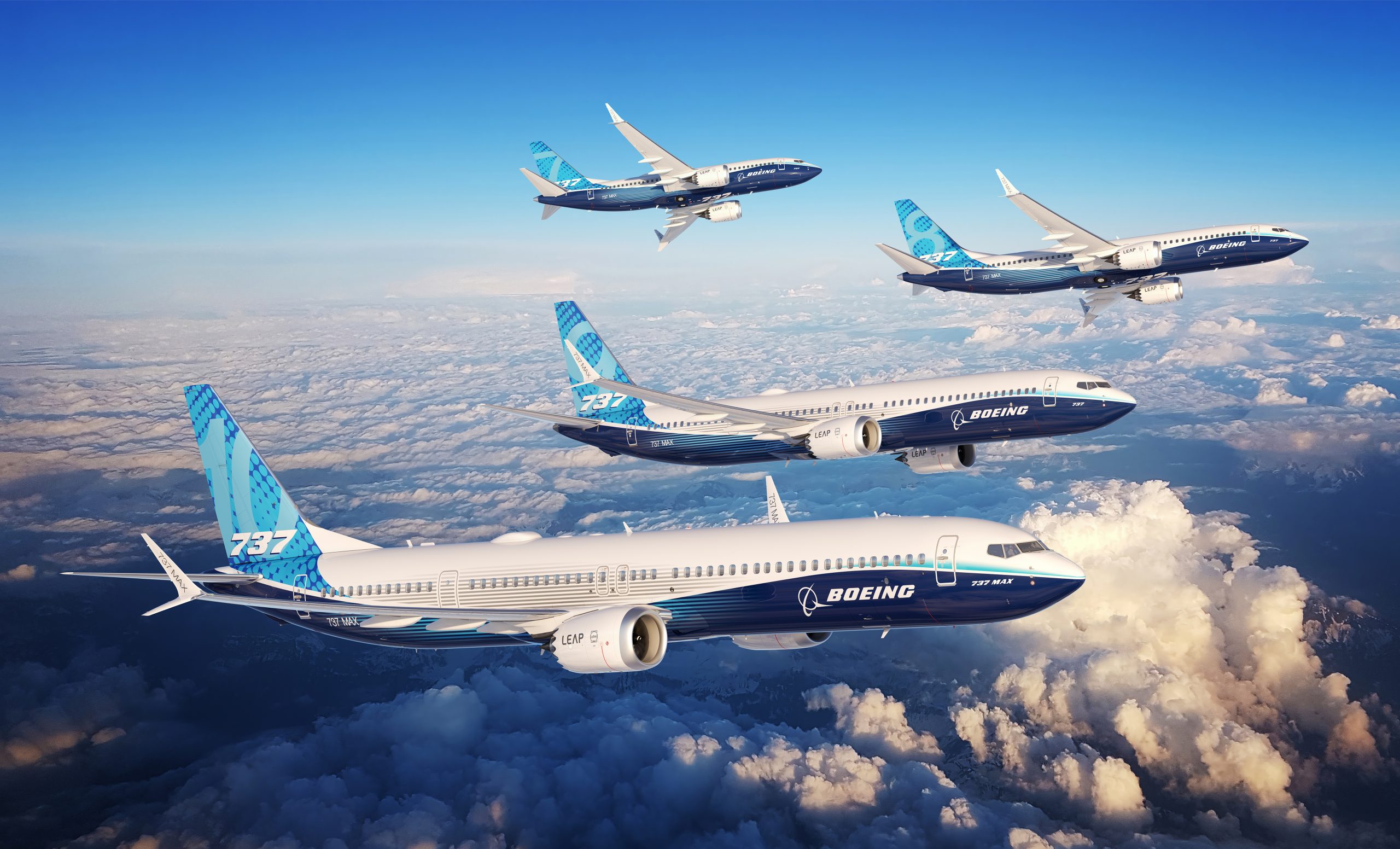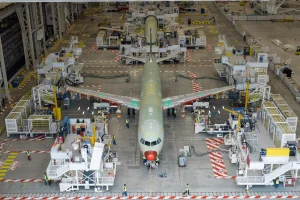Boeing and Macquarie AirFinance have announced that the lessor has placed an order for 30 additional 737-8 aircraft. The deal, which was recorded in July as unidentified on Boeing’s Orders and Deliveries website, expands Macquarie’s 737 MAX portfolio to 70 aircraft.
With a fleet of more than 300 owned and committed aircraft on lease to 84 airlines in 48 countries, Macquarie AirFinance continues to grow its global footprint. The 737 MAX, with its large worldwide operator base and low operating costs, remains a cornerstone of most lessors’ portfolios, representing around 30 percent of all financed airplanes.
“This incremental order marks another milestone in our company’s growth strategy,” said Eamonn Bane, CEO of Macquarie AirFinance. “The Boeing 737 MAX offers exceptional fuel efficiency, reliability and passenger comfort, making it an ideal choice for our airline customers worldwide. By expanding our fleet with these state-of-the-art aircraft we are reinforcing our commitment to providing sustainable and cost-effective solutions to our partners while supporting the future of global aviation.”
The 737-8 is the most popular member of the MAX family, seating up to 210 passengers depending on configuration with a range of 3,500 nautical miles (6,480 km). Airlines benefit from reduced fuel consumption and carbon emissions of up to 20 percent compared to the aircraft the MAX replaces, making it well suited for fleet modernization.
“Macquarie AirFinance’s expanded commitment to the 737 MAX is a testament to the value of this airplane among the leasing community and our airline customers,” said Brad McMullen, Boeing senior vice president of Commercial Sales and Marketing. “Lessors remain an important partner to Boeing and global carriers in providing financial solutions that expand single-aisle fleets.”
Lessor orders now account for nearly one quarter of the total backlog for the 737 MAX family. Boeing’s 2025 Commercial Market Outlook projects demand for 33,000 new single-aisle airplanes over the next 20 years, driven by fleet replacement and continued air traffic growth.







